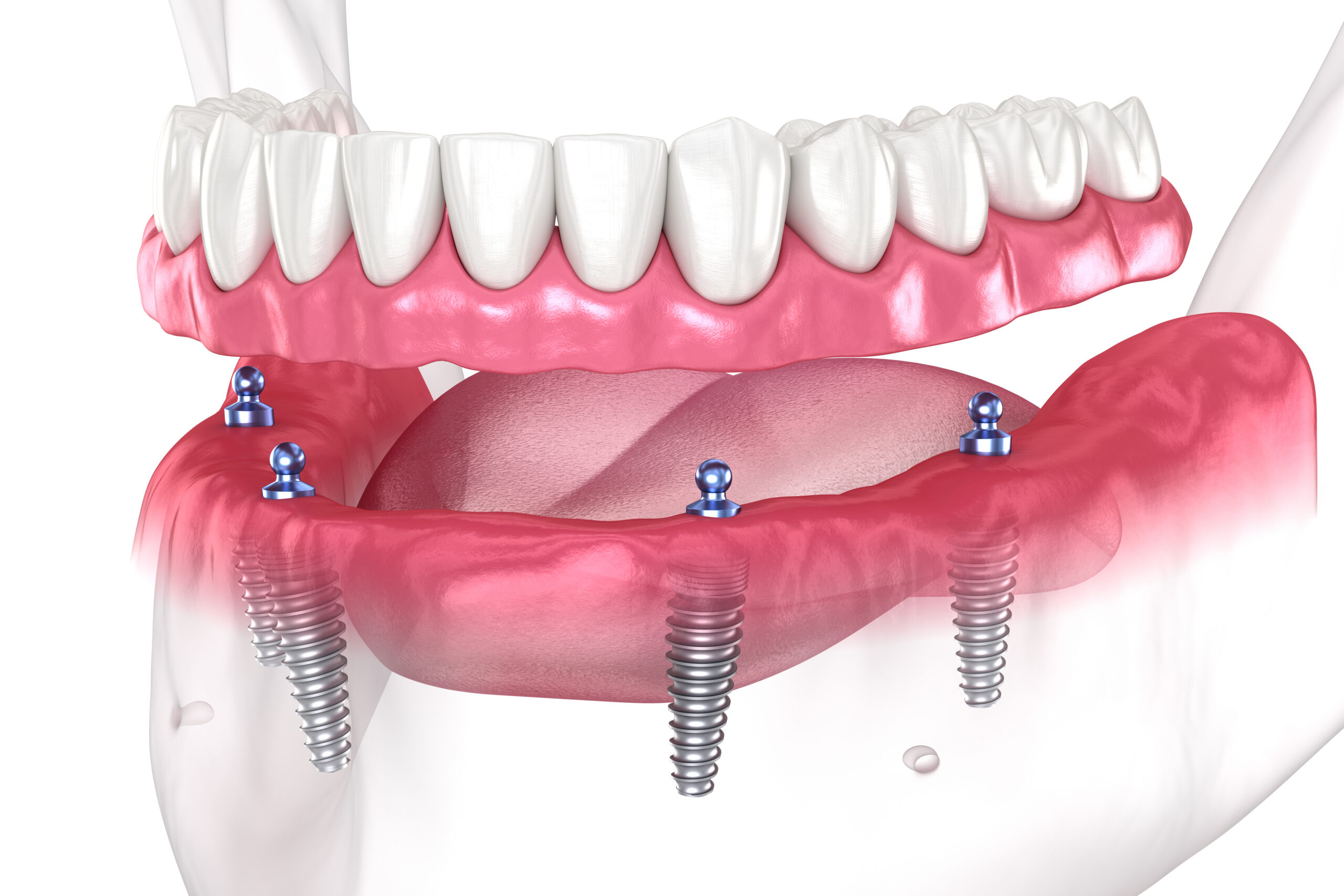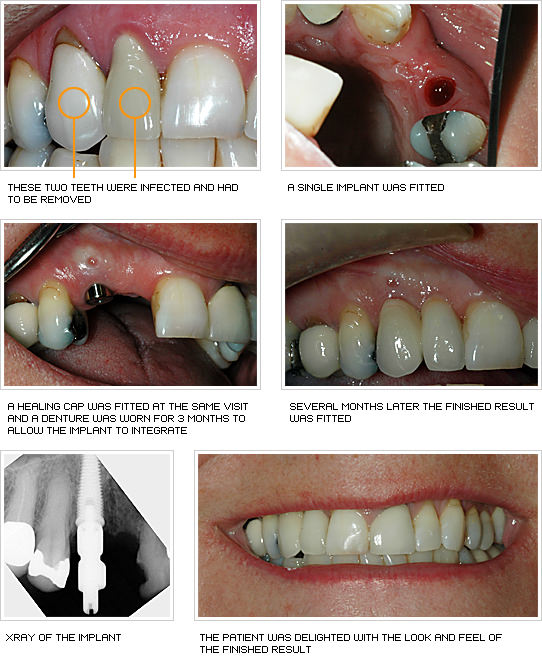Getting My Dental Sense To Work
Getting My Dental Sense To Work
Blog Article
Some Ideas on Dental Sense You Need To Know
Table of ContentsDental Sense for DummiesDental Sense Things To Know Before You BuySome Known Factual Statements About Dental Sense Our Dental Sense Diaries
are clinical gadgets surgically dental implanted right into the jaw to restore an individual's ability to chew or their appearance. They give assistance for artificial (phony) teeth, such as crowns, bridges, or dentures. When a tooth is lost as a result of injury or condition, an individual can experience issues such as rapid bone loss, faulty speech, or changes to eating patterns that cause discomfort.Oral dental implant systems contain an oral implant body and dental implant abutment and may also consist of a joint fixation screw. Cosmetic dentistry services. The oral implant body is operatively put in the jawbone in location of the tooth's root. The oral implant joint is typically connected to the dental implant body by the abutment addiction screw and extends via gums right into the mouth to sustain the connected synthetic teeth
(https://experiment.com/users/dentalsense1)Structure of The Dental Implant System choosing oral implants, speak with your oral company about the prospective advantages and threats, and whether you are a prospect for the procedure. Things to think about: Your general health is an essential consider identifying whether you are a great prospect for dental implants, exactly how long it will certainly require to recover, and how long the dental implant might remain in location.
Smoking cigarettes might affect the healing procedure and decrease the lasting success of the implant. The recovery process for the implant body may take numerous months or longer, during which time you generally have a short-term joint instead of the tooth. the dental implant procedure: Thoroughly comply with the oral hygiene guidelines offered to you by your oral service provider.
7 Simple Techniques For Dental Sense
Implant failing can result in the requirement for an additional medical treatment to repair or replace the implant system. Recovers the capacity to chew Restores cosmetic look Aids maintain the jawbone from diminishing as a result of bone loss Preserves the wellness of the surrounding bone and gums Aids maintain adjacent (nearby) teeth stable Improves lifestyle Damage to bordering all-natural teeth throughout dental implant placement Injury to the surrounding cells during surgery, such as sinus opening Injury during surgical procedure (for example, crack of bordering jawbone) Insufficient function, such as really feeling like the teeth do not bite together usually A sensation that the tooth hangs or turning in area arising from an abutment screw loosening up Implant body failing (looseness of the implant body) due to systemic infection, which might be more probable in individuals with unchecked diabetics issues due to neighborhood infection in bone and gums supporting the implant body as a result of postponed healing, which may be most likely in individuals who smoke Problem cleaning the periodontals around the dental implant, leading to bad oral health Neglected periodontal illness Post-surgical numbness because of nerve impingement or damage Constantly inform healthcare companies and imaging technicians that you have dental implants prior to any kind of magnetic resonance imaging (MRI) or x-ray treatments.
FDA is not mindful of any kind of damaging events reported for MRI or x-ray treatments with oral implants. Oral implants systems are typically made from products that adhere to international agreement criteria of the International Company for Standardization (ISO) or ASTM International. These standards have information of what makes a safe product.

A dental implant is a structure that changes a missing tooth. With screw-like gadgets, the cosmetic surgeon inserts an implant right into the jawbone, and it functions as an anchor for an artificial tooth, called a crown. A gadget called an abutment attaches the artificial tooth to the oral implant. The crown is custom-made to fit the individual's mouth and match the shade of their teeth.
Unknown Facts About Dental Sense
Some individuals are not eligible for dental implant surgical treatment. It is for dental cosmetic surgeons to operate individuals with: severe illnessuncontrollable metabolic diseasebone or soft tissue condition or infectionIf these concerns are resolved, an individual can have the surgery. In, dental doctors avoid operating on people with: If people with any one of the above undertake dental implant surgery, there is a higher threat of the dental implant falling short.

Oral implant surgery is a customized procedure. Give you time to heal. Connect the article and final crown, bridge or denture.
Next off, your surgeon will carefully place the oral implant right into your jaw. Lastly, your surgeon will certainly reposition your gums and shut the laceration with stitches. If your implant is near the front of your mouth, your dentist will make a short-term tooth for you to wear till you recover. This way, you will not have a space in your smile while you recuperate.
Some Of Dental Sense
Your company can inform you what to expect in your scenario. Throughout the healing stage, your jawbone should fuse to the oral implant. This process, called osseointegration, is critical for stability and long-lasting success. This process can take anywhere from three to nine months. In some cases, it might take much longer.
As soon as your dental implant heals, your dental practitioner can affix the abutment (little port blog post) and your final reconstruction (crown, bridge why not look here or denture). This usually takes about one hour to finish and might call for a 2nd small surgery. You should not feel any kind of pain during your oral implant procedure since your company will certainly use medication to numb your gums.
Report this page